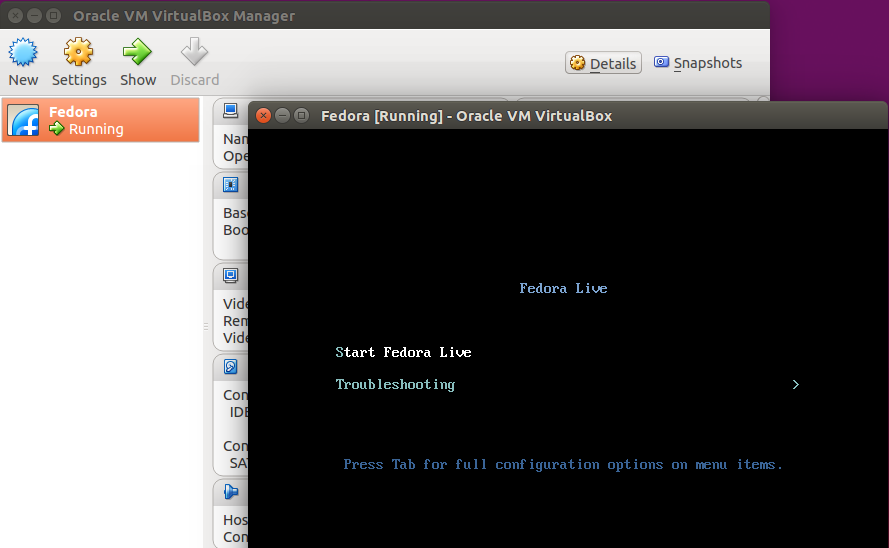

#BEST VIRTUAL MACHINE SOFTWARE LINUX FREE#
The free version falls short on VMware's advanced functionality, such as running more than one VM at a time and accessing abilities like cloning, snapshots, and complex networking. It also allows for file sharing between the host and guest, features the graphical advantages mentioned above, and supports 4K displays. It allows you to create new VMs and supports over 200 guest operating systems. There are two versions of the application: Workstation Player and Workstation Pro. The package integrates seamlessly with vSphere, the VMware enterprise server virtualization product, resulting in the easy administration of all VMs in a company's data center remotely from the local machine. With multiple VMs, you can choose between fully isolated duplicates or linked clones that rely partially on the original to save hard drive space. Its cloning system makes deploying multiple instances of a similar VM a breeze. You can use VMware snapshots to set rollback points for testing. Its complete data center topologies can be designed and implemented when VMware is integrated with external tools - essentially emulating an entire enterprise DC. Its advanced networking features let you set up and administer elaborate virtual networks for VMs. The software allows for virtual machine open standards, providing the ability to create and run VMs from competing vendors within the VMware product.

It permits advanced 3D solutions by supporting DirectX 11 and OpenGL 4.1, eliminating image and video degradation within the VMs even when using graphics-intensive applications. Its robust set of functions covers many virtualization needs. With almost 20 years on the market, VMware Workstation is often considered the industry standard for virtual machine applications. Have you tried changing the mouse to a virtio interface for paravirtualization? I use in my laptop a QLX display with 64MB and a spice interface with a virtio mouse, keyboard and tablet input (for absolute movement) and I can't really complain about mouse lag.The default configuration may require changes. Nothing speaks like numbers =).īut win10 on kvm makes me want to smash my computer because of mouse lag You need a motherboard that supports it, a CPU with vt-d, two graphics cards (including integrated ones) and you can't do it in a laptop. And it is missing a lot of relevant informantion.īut I'm sure we can agree that it is very hardware dependent.
#BEST VIRTUAL MACHINE SOFTWARE LINUX WINDOWS 10#
I use a windows 10 vm, with kvm, with gpu passthrough and it took a lot of work and reading (just look at the size of the arch wiki guide I posted in the last comment. (unless you pass through, which is actually really easy) That should grant at least a mention to what is probably the most popular hv. But no one mention open source was a must. Vmware has a student free version "vmware player" which suffices most needs. But yeah, if you try anything a little more demanding, it is very slow. I do agree that it is slow, but I never had problems with just using the mouse. It is just that much of a no brainer.Īs for kvm virtualized graphics, well. I get why some people like Vbox, its very user friendly, but make no mistake, it scores lower in all fields when compared with the competition.Īnd since virt-manager (gui for kvm) and specially vmware are not that user unfriendly, there is not good reason for anyone to use Vbox. On the good side, if you can use gpu passthrough with kvm, since you are not really virtualization the gpu, but actually giving control of a gpu to the guest OS, you get almost bare metal performance! But but that is very hardware specific and takes a lot of work. There is even a ton of people using vmware for playing DirectX9 and 10 games.Įither that or kvm with gpu passthrough. If you want graphical performance you really should go with vmware, hands down. And regarding graphics performance VBox still sucks.


 0 kommentar(er)
0 kommentar(er)
